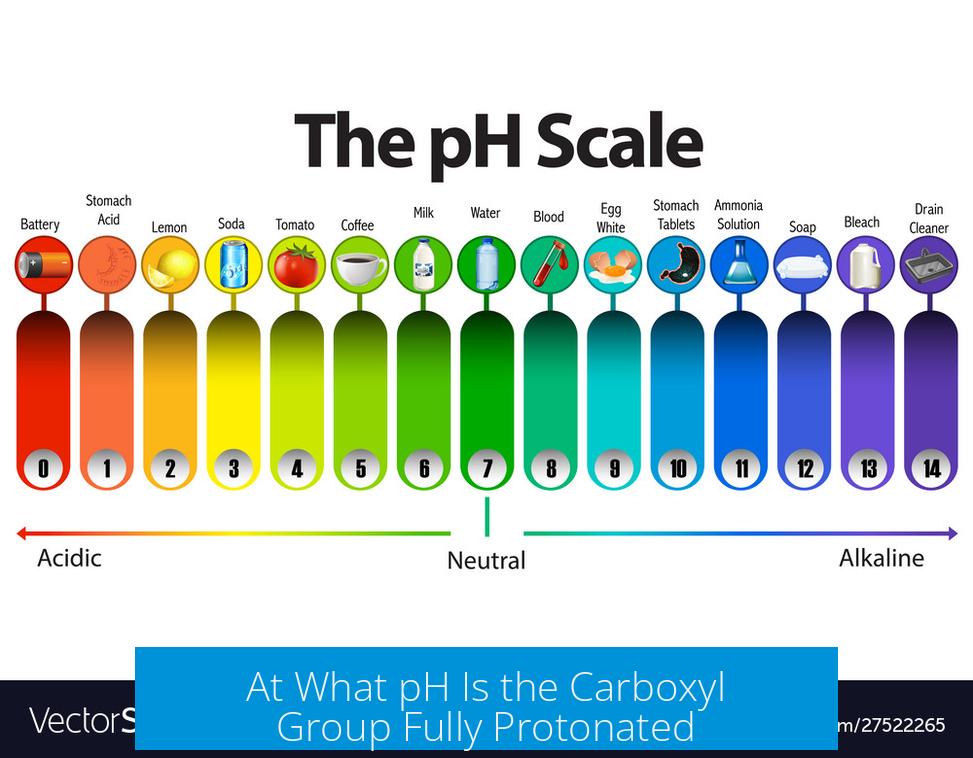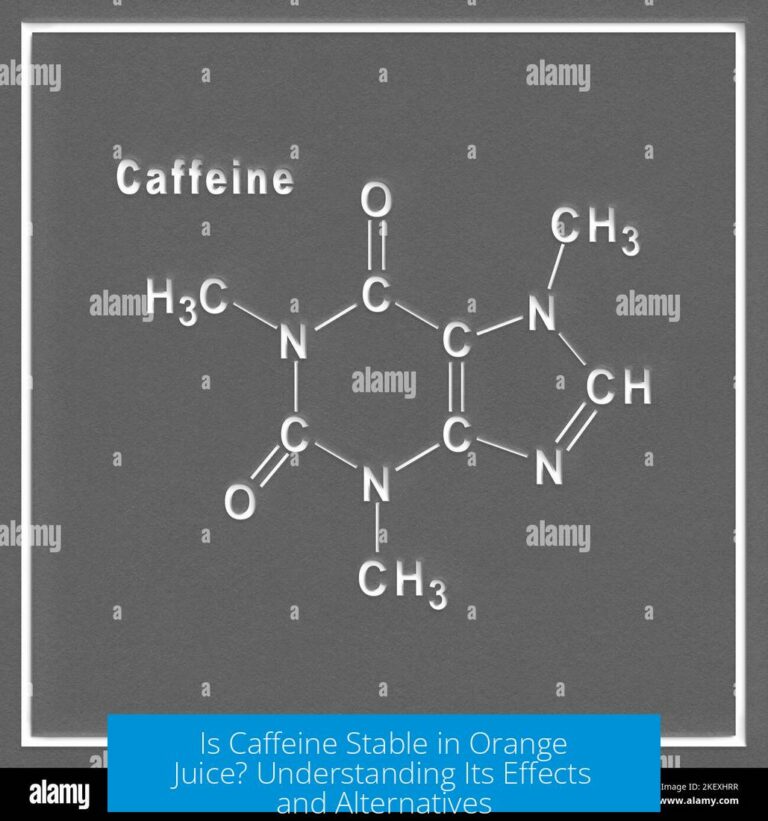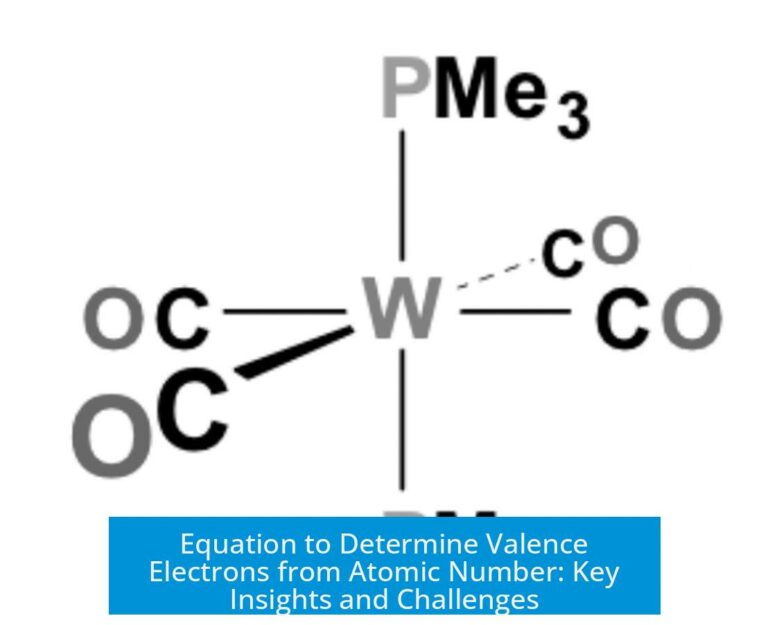At What pH Is the Carboxyl Group Fully Protonated?

The carboxyl group (–COOH) is fully protonated at a pH significantly lower than its pKa, approximately around pH 0.34. This means that at this low pH, almost all carboxyl groups exist in their protonated acid form rather than the deprotonated carboxylate (–COO−) form.
Henderson-Hasselbalch Equation and Protonation
The Henderson-Hasselbalch equation explains the relationship between pH, pKa, and the ratio of protonated to deprotonated species:
pH = pKa + log([A−]/[HA])
Here, [A−] is the concentration of the deprotonated form (carboxylate), and [HA] is the protonated form (carboxylic acid).
Calculating the pH for Full Protonation
- The pKa of a typical carboxyl group is around 2.34.
- To find the pH where the carboxyl group is 99% protonated and only 1% deprotonated, set the ratio [A−]/[HA] = 1/100.
- Log(1/100) = -2.
- Using Henderson-Hasselbalch equation: pH = 2.34 + (-2) = 0.34.
This value means that at pH 0.34, fewer than 1 molecule in 100 exists as the carboxylate ion, indicating near-complete protonation.
Interpreting the Protonation State
At physiological pH (around 7), most carboxyl groups are deprotonated. Lowering the pH below the pKa shifts equilibrium toward the protonated form. At pH 0.34, the environment is very acidic, favoring the acid form (–COOH) over the base (–COO−).
Commentary on the Calculation Method
The approach using the Henderson-Hasselbalch equation is appropriate and standard for determining protonation states at various pH values. Assuming a ratio of 1/100 for the ionized to the unionized species is a sound method to define “fully protonated” in practical terms, since absolute complete protonation cannot be achieved perfectly in solution.
Practical and Educational Context
This calculation is foundational in fields like biochemistry and analytical chemistry, where understanding the protonation states of functional groups is critical. Such problems often arise in academic settings to test knowledge of acid-base equilibria and buffer systems.
Key Takeaways
- The carboxyl group is fully protonated at pH about 0.34, much lower than its pKa (~2.34).
- Henderson-Hasselbalch equation effectively predicts the protonation state.
- Ratio of protonated to deprotonated form at 99:1 corresponds to log(1/100) = -2.
- Near-complete protonation occurs in strongly acidic environments.
- This method is reliable and widely used in chemistry education and practice.
At what pH is the carboxyl group fully protonated?
The carboxyl group is fully protonated at about pH 0.34. This value comes from adjusting the pKa of 2.34 using the Henderson-Hasselbalch equation to achieve a 1:100 ratio of deprotonated to protonated forms.
How is the pH for full protonation calculated using Henderson-Hasselbalch?
You take the pKa value and subtract 2 to reflect a 1:100 ratio of conjugate base to acid. For a pKa of 2.34, pH = 2.34 – 2 = 0.34, meaning at pH 0.34 almost all carboxyl groups are protonated.
Why not use a 0/100 ratio for fully protonated carboxyl groups?
A 0/100 ratio implies zero conjugate base, which is unrealistic. The Henderson-Hasselbalch equation requires a finite ratio to calculate pH accurately. Using 1/100 means one molecule in 100 is deprotonated, close enough to full protonation.
Is this method for determining full protonation reliable?
This approach gives a useful estimate but may not be exact in all cases. Experimental conditions and buffer systems can affect the true pH at full protonation, so consulting additional data is advised for precision.
What does “less than 1 molecule in 100 in COO- form” mean practically?
It means at pH 0.34, over 99% of carboxyl groups exist as COOH. The deprotonated COO- species are minimal, so the group behaves as fully protonated under these acidic conditions.





Leave a Comment